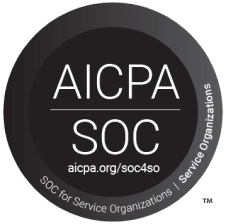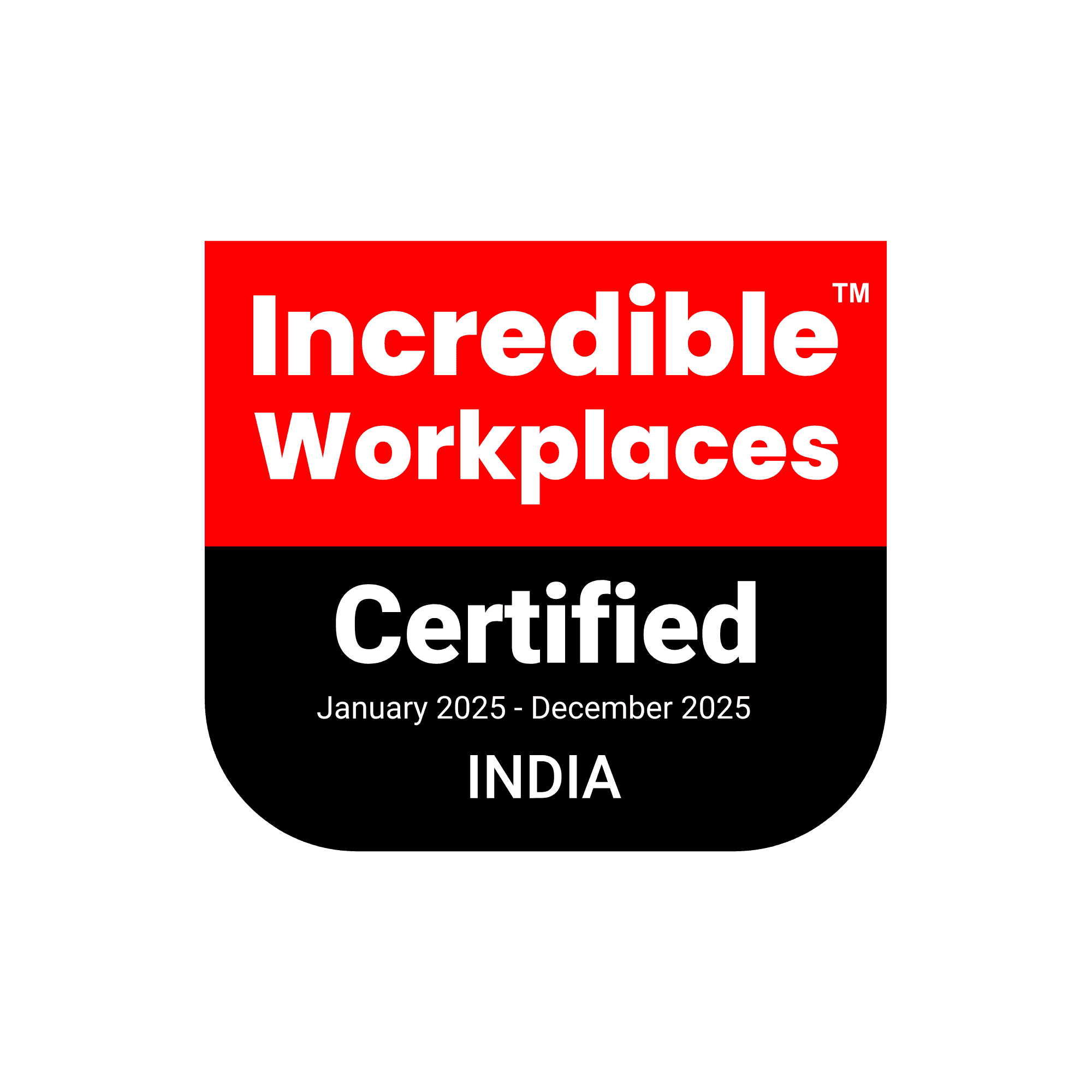Impact of Lawsuits and Litigation on Brand Image
Stay in the know
Get the latest news & insights straight to your inbox.

“It takes years to build up a reputation while it takes minutes to destroy it” - Warren Buffett
Reputation of a business is fundamental for a company’s survival. The trust and confidence of consumers and partners can have a direct and profound effect on a company’s bottom line. Firms with robust positive reputation attract better people. They are perceived as providing more value which allows them to stand out from the rest. Customers of these companies are more loyal and buy broader range of products and services. Moreover, in an economy where 70% to 80% of market value is derived from hard-to-assess intangible assets such as brand equity, goodwill, and intellectual capital, organizations are especially vulnerable to anything that might damage their reputation.
It is inevitable that at some point or the other, most of the businesses will face a legal dispute. Business litigation takes many forms, including contract disputes, misrepresentation, IPR issues, premises liability, employment matters, data breach, false advertising, gender discrimination, etc. All these have the potential to bring about unwanted consequences for both large and small businesses.
Ideally, business conflicts can be settled without resorting to litigation through direct negotiations, arbitration, or mediation, which are often faster, more private, and less expensive than litigation. However, at times litigation is unavoidable when parties are not ready to consider other choices or have found substitutes to litigation unsuccessful.
For every business, lawsuits have major drawbacks including:
Costs: Lawsuits can be a drain on finances, energy, time, resources, and emotions. A number of small businesses have limited operating budgets and the effects of a time-consuming, costly lawsuit can be disastrous.
Relationships: Disputes often drive a rift between parties and relationships may end up severed.
The bottom line: Lawsuits, in all its forms, can have a negative effect on the company’s bottom line. Publicized disputes can tarnish a company’s reputation. Contract disputes and accusations of fraud can force a company to put business on hold. Litigation can ultimately decline a company’s value, drive down sales, or even cause a business to fold.
The sheer output of resources needed to defend a brand or organization in litigation can be draining to companies of any size. While large organizations are not necessarily the most susceptible to litigation, they are often the most likely to suffer a loss of public image when their cases hit the news.
While a certain extent of legal proceedings are probably par for the course of any business, ongoing lawsuits can be damaging to long-term investor interest. And today, when litigation related to data security and racial discrimination are on the rise, an excess of court proceedings may damage a brand’s value, public offerings, and other long-term prospects.
Many customers are hesitant to do business with an organization that has been slapped with a lawsuit. As far as employment lawsuits go, it generally involves some kind of discrimination charge and most people do not want to be associated with that. Once the news spreads, the organization may lose a certain part of its existing customer base and new customers researching about the organization will hear about the lawsuit at some point.
High-profile discrimination settlements have cost large organizations hundreds of millions of dollars along with a tarnished brand image. While small businesses are unlikely to be forced to pay an amount that extreme, discrimination can still have a significant impact on the reputation of the organization. Perception among customers can be negatively affected by discriminatory practices.
Even when a judge dismisses a lawsuit because there is not enough evidence, the lawsuit still costs an organization precious time, money, and negative publicity.
Let us see some of the recent litigations which have dented several companies’ image:
A lawsuit was filed against KPMG over hiring and gender discrimination
US Labour Department sued Oracle for discriminatory hiring practices
Google was fined US$2.7 B by European Union for breaching antitrust rules
Infosys’ management was accused of alleged employee discrimination
Vodafone, Cognizant, Tech Mahindra, and Wipro were accused of forceful lay-offs
McKesson was accused in Opioid addiction and crisis in several US States
Target Corporation was to pay US$18.5 M after settlement with 47 US States and the District of Columbia over a massive data breach
All these accusations/penalties will likely leave a bigger dent in the companies pride and reputation than their finances.
Earning and maintaining reputation is challenging for new and established businesses. When negative publicity emerges, businesses can be portrayed as dishonest, irresponsible, or appear to be only looking out for their best interest. Even though it is possible to make a good name for a business on a local or on national scale, doing so can be an uphill battle, especially in the face of negative publicity.
Risks of negative publicity:
Loss of Trust
Negative effect on Sales
Damage on Brand Equity
Damage on Brand Association
Avoiding a Lawsuit: While there is no sure-fire method to avoid a lawsuit, taking precautions can help an organization in the long-run. Precautions can be effective without taking all the company’s time. It simply requires the company to do things a bit differently, or set slightly different standards on how/who it hires, how it conducts business, being careful of whom it chooses to do business with, setting goals to help lower costs and reduce errors, and building trust which will not only reduce costs and friction in things done but will also significantly decrease the chance of a lawsuit when something goes wrong. It is also helpful to follow advice from experts which will not only help an organization in avoiding lawsuits, but can reduce the possible damages in a lawsuit or can completely diminish a cause of action in court.
Restoring Brand Image: Following a scandal or lawsuit, the company’s management who launch communication programs to repair the damaged reputations stand the best chance of restoring tainted brand image. Depending on the nature of the crisis/situation, companies can take a slow and reliable approach for repairing the brand, or a swift “silver bullet” solution. Samsung faced a crisis with its Note 7 catching fire, Volkswagen was involved in an emission scandal, Whirlpool had to modify five million faulty tumble dryers which caught fire, and Nestle Maggi was accused of excess amount of lead and MSG (Monosodium Glutamate). These types of crisis have caused incalculable damage to the companies’ reputation. All these companies either withdrew their products, rectified their errors, or went to their public relation departments and launched communication programs which have helped in slowly rebuilding their tarnished brand image. Any crisis situation needs a strong leader to come out and reassure the public of their presence, their delivery, and their response to a crisis. It is all about being quick and confident and taking responsibility instead of being in denial and hiding things which have caused companies in the past to pay a much higher price in terms of loss of brand value.
Supply Wisdom continuously monitors companies for lawsuits and other regulatory action that may harm reputation for their clients.
Contact Supply Wisdom today to continuously monitor your third-party risks and stay ahead of disruptions from similar events.
Explore the Legal Maze of Data Breaches - Discover the regulatory and litigation consequences in the aftermath of a data breach article by Supply Wisdom. Read it here:
MOVEit Data Breach: Regulatory and Litigation Repercussions






